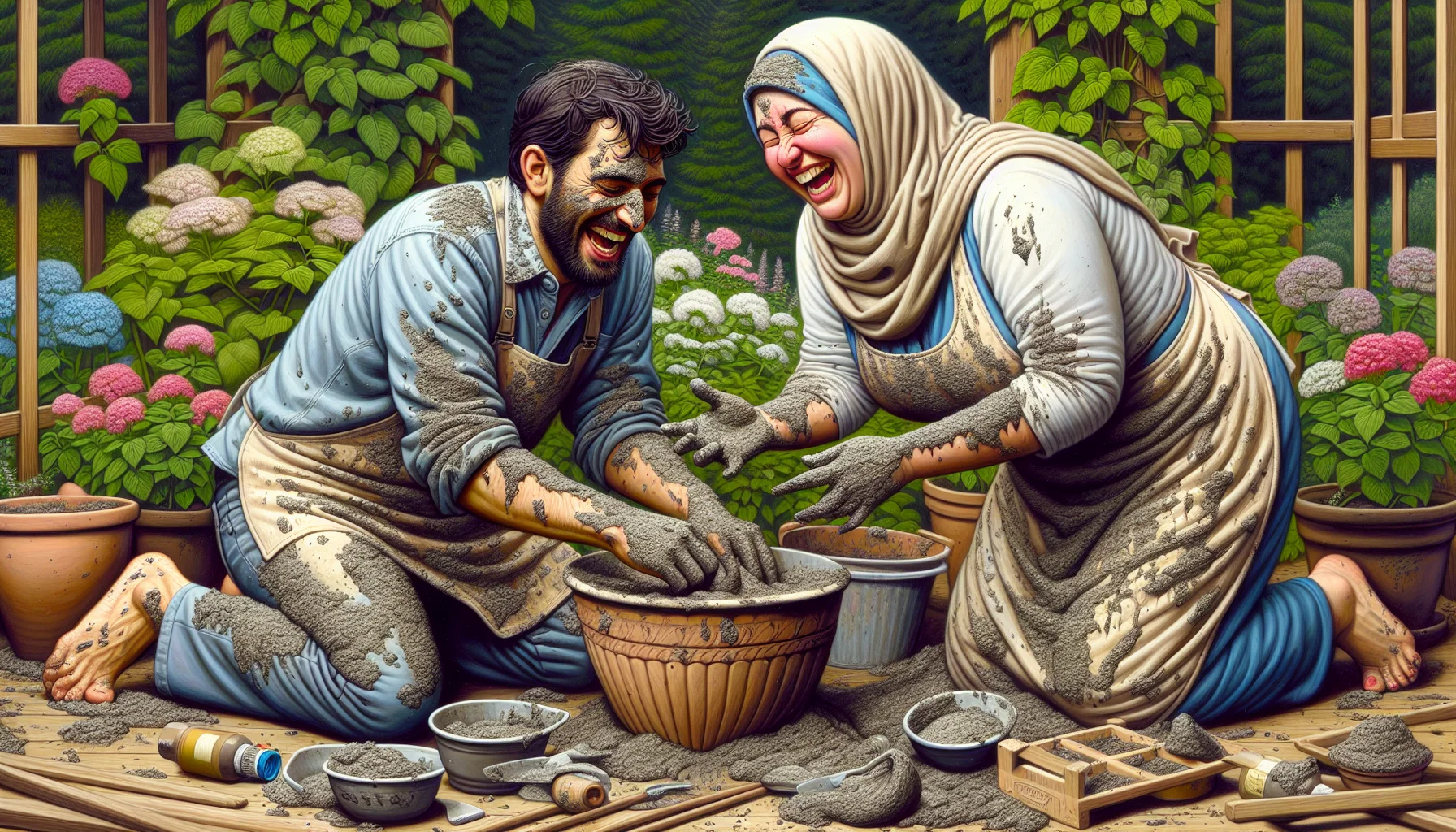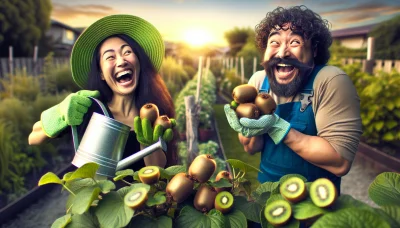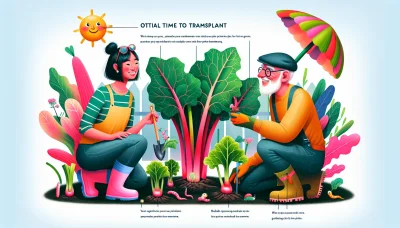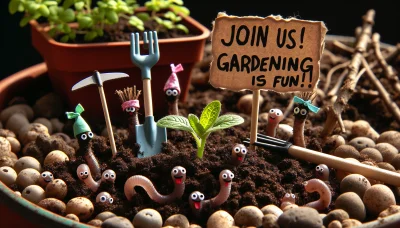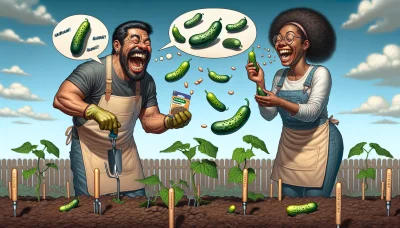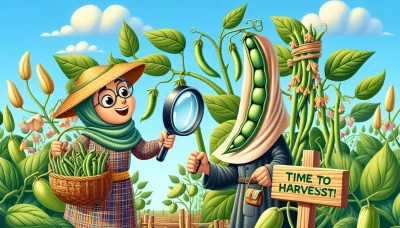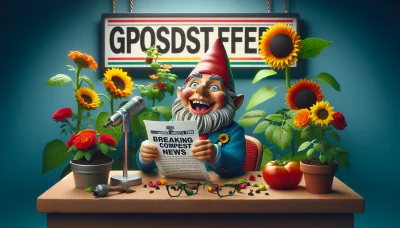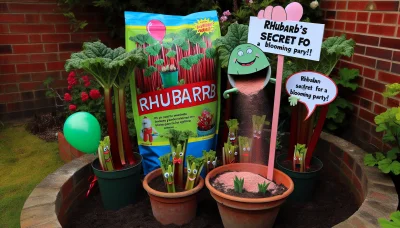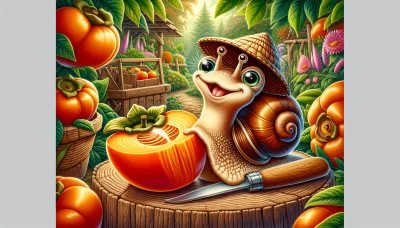Crafting with Hypertufa Recipes Quiz
Test Your Knowledge
Question of
Crafting with Hypertufa Recipes
Hypertufa is a highly versatile and lightweight material made from a mixture of Portland cement, peat moss, and perlite or vermiculite. This concoction is celebrated among gardening enthusiasts for its ability to mimic the appearance of aged stone while being much lighter and more manageable. Hypertufa is particularly favored for creating custom planters, garden ornaments, and sculptures that blend seamlessly into natural landscapes. Its porous nature is beneficial for plant growth, making it an ideal choice for cultivating a variety of garden plants, especially alpines and succulents that require good drainage. Crafting with hypertufa not only opens up a realm of creative possibilities but also encourages a sustainable approach to gardening by using materials that are often readily available and eco-friendly.
Benefits of Using Hypertufa in Your Garden
- Durability
- Versatility
- Environmental Friendliness
Basic Hypertufa Recipe for Beginners
The standard ingredients needed for a basic hypertufa mix include Portland cement, peat moss, perlite, and water. These materials are mixed together to create a lightweight, porous substance ideal for plant growth.
- Wear protective gloves and a dust mask to safeguard your skin and lungs.
- In a large mixing tub, combine 1 part Portland cement, 1.5 parts peat moss, and 1.5 parts perlite. Mix these dry ingredients thoroughly.
- Slowly add water to the dry mix, stirring continuously until the mixture reaches the consistency of cottage cheese.
- Prepare your mold, which can be anything from a cardboard box to a plastic container, by coating it with a non-stick spray or a plastic bag to ensure easy removal of the hypertufa.
- Press the hypertufa mixture firmly into the mold, making sure to eliminate any air pockets by tapping the mold on the ground.
- Create a drainage hole in the bottom of your pot by inserting a dowel or stick.
- Cover the mold with plastic and let it cure in a cool, shaded area for 24 to 48 hours.
- After the initial curing period, remove the hypertufa from the mold and place it back under the plastic to cure for another 2 to 3 weeks, misting with water periodically to keep it moist.
- Once fully cured, your hypertufa pot is ready to use. It can be further personalized with paint or by carving designs into the surface while it's still wet.
Creative Hypertufa Project Ideas
Hypertufa is a versatile material that can be used to create a wide range of outdoor decorations and functional pieces. Some popular project ideas include crafting unique planters that complement any garden space, creating intricate garden art to add personality and charm, and designing durable stepping stones that blend seamlessly with the natural environment. These projects not only enhance the beauty of outdoor spaces but also offer a fun and creative outlet for garden enthusiasts.
Tips for Working with Hypertifua
- Always wear protective gloves and a mask to avoid skin irritation and inhalation of fine dust particles.
- Begin with small projects to gain experience in mixing and molding hypertufa before attempting larger items.
- Use a mix of 1 part Portland cement, 1.5 parts peat moss, and 1.5 parts perlite for a standard hypertufa recipe.
- Add water gradually to your dry mix until you achieve a consistency similar to cottage cheese for optimal molding.
- Consider adding concrete reinforcing fibers to your mix to increase the strength of your hypertufa creations.
- Use molds like cardboard boxes or plastic containers to shape your hypertufa, but remember to coat them with cooking oil for easy removal once cured.
- Cure your hypertufa projects in a plastic bag to retain moisture, speeding up the curing process and preventing cracking.
- Allow at least 24 to 48 hours for initial setting, and then another 2 to 3 weeks for complete curing before exposing to elements or planting.
- To achieve a more natural and aged look, brush the surface with a wire brush or sandpaper after it has partially cured.
- Encourage moss growth on your hypertufa by applying a yogurt and moss mixture to the surface, which will give it an aged appearance over time.
Maintaining Your Hypertufa Creations
Caring for and maintaining your hypertufa creations is essential to ensure they last for many years in your garden. Hypertufa, a mixture of cement, peat moss, and perlite, is known for its porosity and lightweight characteristics, making it ideal for planters and garden ornaments. To preserve these unique items, it's crucial to weatherproof and repair them as needed. First, ensure your hypertufa creations are properly cured, which can take up to a month. During the curing process, keep them moist and out of direct sunlight. Once cured, applying a sealant can help make them more resistant to water and frost, extending their lifespan. Regularly check your hypertufa items for cracks or chips. Small damages can easily be repaired with a mixture of the same hypertufa recipe used to create them. For larger repairs, you may need to apply a wire mesh before patching to ensure stability. Finally, during severe weather conditions, consider moving smaller hypertufa items indoors or covering them to protect from heavy rain, snow, or extreme temperatures. With these care tips, your hypertufa creations will continue to add beauty and character to your garden for years to come.
